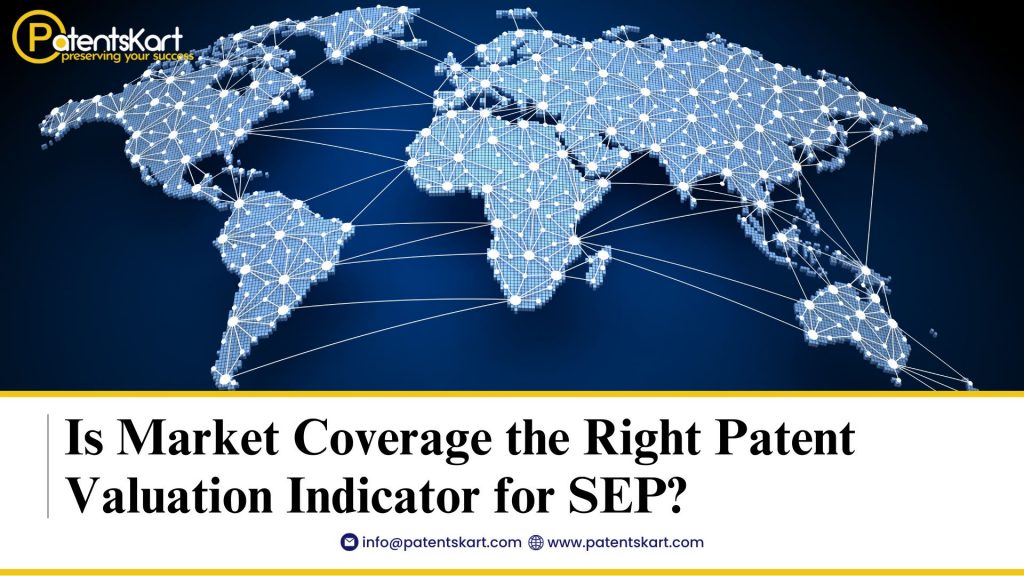When it comes to evaluating the worth of Standard Essential Patents (SEPs), relying solely on market coverage as a yardstick might lead to an incomplete assessment. While it offers an initial glance into the presence and adoption of patented technology, several intricacies exist that can significantly alter the true value of these patents.
Varied Licensing Terms: Beyond Presence in the Market
Market coverage fails to encapsulate the intricate web of licensing terms that surround SEPs. These terms can exhibit a wide spectrum, varying vastly between industries, companies, and even individual patents within a given standard. Simply gauging a patent’s worth based on its presence in the market overlooks the nuanced differences in licensing rates and agreements, which play a pivotal role in determining its actual value.
Quality and Essentiality: Unraveling the Hierarchy within Standards
Not all patents within a standard bear equal weight in terms of essentiality or quality. Within the framework of a standard, some patents wield a more substantial influence on its implementation, while others might hold lesser significance. To accurately ascertain a patent’s value, considerations must extend beyond its market coverage to encompass its technical contributions, uniqueness, and pivotal role within the standard.
Licensing Strategies: A Patchwork of Approaches
Enterprises strategize differently when it comes to licensing their SEPs. They might opt for cross-licensing arrangements, participate in patent pools, or offer preferential terms to drive widespread adoption. These diverse strategies significantly blur the correlation between market coverage and the genuine value of these patents, rendering market presence an insufficient gauge of their worth.
Legal and Regulatory Impacts: Shaping the Landscape
SEP valuation remains susceptible to the ebbs and flows of legal and regulatory decisions. Court rulings on licensing disputes or policy shifts in regulations wield a profound influence on the perceived and tangible value of these patents. Such external factors can swiftly alter the valuation trajectory, disconnecting it from mere market coverage assessments.
Technological Evolution: The Ever-Changing Dynamics
The dynamism of technology constantly reshapes perceptions of patent value. Advancements and innovations can swiftly render certain patents obsolete or catapult others to the forefront of relevance. A patent’s worth isn’t static; it evolves with technological progress, often deviating from its initial evaluation based solely on market coverage.
A Holistic Valuation Approach
In sum, while market coverage offers an introductory glimpse into the adoption and visibility of SEPs, it stands as just one piece of the intricate valuation puzzle. A comprehensive assessment demands a panoramic view that includes specific use cases, technical intricacies, legal landscapes, and the spectrum of licensing terms. A robust valuation methodology for SEPs necessitates a holistic approach that extends far beyond market coverage alone.
Also Read: Are All Standard Essential Patents (SEPs) Actually Essential?







